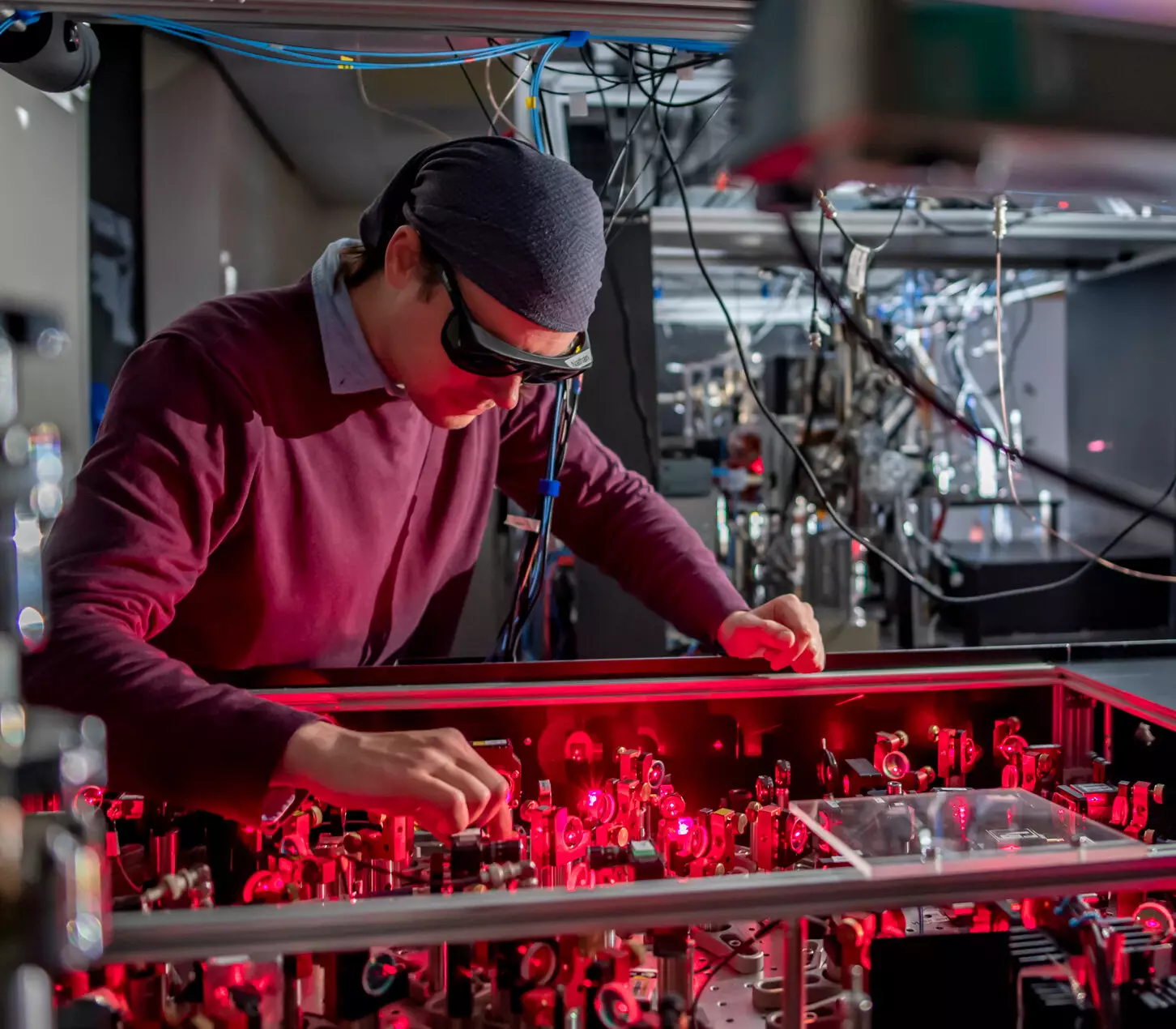In a groundbreaking new development, scientists from the University of Nottingham’s School of Physics have devised an innovative method to capture dark matter using a specifically designed 3D printed vacuum system. This cutting-edge technology aims to detect domain walls and potentially unlock some of the universe’s most perplexing mysteries.
According to Professor Clare Burrage, one of the lead researchers on the project, ordinary matter comprises only a minuscule fraction of the universe, approximately 5%. The remaining components consist of dark matter and dark energy, which exert observable influences on the universe’s behavior despite their enigmatic nature. To quantify dark matter, scientists often introduce a scalar field particle into their experiments.
The research team based their experiment on the hypothesis that light scalar fields, characterized by double well potentials and direct matter couplings, undergo phase transitions driven by density variations. These transitions give rise to defects known as domain walls, analogous to the formation of fault lines in frozen water. Although these imperfections are invisible to the naked eye, particles traversing them may experience altered trajectories, providing evidence of scalar field theories.
Lucia Hackermueller, the Associate Professor leading the laboratory experiment’s design, spearheaded the creation of 3D printed vacuum chambers tailored to trap dark matter. By leveraging theoretical calculations of domain walls, the team engineered vessels with optimal shapes, structures, and textures. These vessels facilitate the passage of a cold atom cloud through the dark walls, where the cloud’s trajectory is deflected, thereby validating the existence of these imperfections.
Experimental Procedure and Expected Outcomes
To simulate transitioning from a high-density environment to a low-density environment, the researchers will employ the specially crafted vacuum system to cool lithium atoms to near absolute zero (-273 °C) using laser photons. At such frigid temperatures, these atoms exhibit quantum behaviors, enabling precise analysis and predictability. The experiment aims to confirm the trapping of dark walls and provide insight into the properties of dark energy and dark matter.
Implications of the Research
The endeavor, which required three years of meticulous planning and construction, is poised to yield results within a year. Whether the experiment substantiates the existence of dark walls or refutes their presence, it signifies a crucial advancement in understanding dark energy and dark matter. This endeavor underscores the significance of well-controlled laboratory experiments in elucidating phenomena that elude conventional observation methods, thereby enriching our comprehension of the universe’s enigmatic aspects.


Leave a Reply